LERO, GUINEA — West Africa remains central in Russia-based Nordgold’s (NORD-L) plans to boost its global gold production.
The miner — majority owned by Russian billionaire Alexei Mordashov — is active at nine producing mines, one development project and five advanced exploration projects across four countries: Guinea, Burkina Faso, Kazakhstan and Russia.
The company’s Lefa gold mine is located in Lero in the Seguiri Prefecture in Guinea’s northeast, about 750 km from the capital Conakry. It ranks as Nordgold’s biggest gold operation, accounting for 26% of the company’s total gold production, and was acquired by Nordgold through its acquisition of Crew Gold in July 2010.
“Lefa has got a strategic meaning for Nordgold because it has got huge reserves of at least twenty years of production,” chief operating officer Sergei Stepanov explained during a visit to the mine in June 2012. “In the long term, we see huge opportunities here at Lefa.”
Lefa started commercial production in 2008, and produced 171,900 oz. gold for Nordgold in 2012.
The whole operation consists of two main open pits and several smaller satellite ones, with an 8-km conveyer belt connecting the Lero-Karta pits to the processing plant.
The processing plant comprises a crushing circuit, two semi-autogenous-grinding mills, two ball mills and a carbon-in-pulp (CIP) circuit. There are also waste-rock dumps, a specially constructed tailing-storage facility, and a water management system.
Last July, Nordgold installed a new pebble crusher to convert the CIP circuit to carbon-in-leach (CIL), in order to boost the plant’s annual capacity from 7 million tonnes to 8 million tonnes. The CIP operation had been using two sets of six tanks, while CIL uses just one set, allowing Nordgold to run two streams through the new circuit.
The company is fine-tuning the pebble crusher in order to increase the volumes of harder but higher-grade ore due to be milled in 2013.
Another task on the go is the upgrading of the conveyor belt transferring higher-grade ore from the Lero-Karta pits to the processing plant, thereby raising the overall grade of feed to the mills. Overall, Nordgold’s efforts improved the plant availability to around 84% in 2012 from 75% in 2011.
On the equipment side in 2012, Nordgold started upgrading the mining fleet through the acquisition of five drills, one new excavator and four trucks.
The volume of the material mined for the fourth quart of 2012 was 14% higher than in the year-ago quarter and 30% higher than in the third quarter of 2012. For all of 2012, the run-of-mine was 27 million tonnes, up 13% from 2011.
In 2011, a new geological model was created for Fayalala, Lefa’s largest pit. The company says these models have a “much better predictive capability that the original geological model and therefore will help to develop a more optimal mine plan, with a higher grade and lower dilution of mined ore.”
Despite these improvements, Lefa’s gold production in 2012 actually fell 12% to 171,900 oz. gold, from 195,900 oz. gold in 2011.
In the first half of 2012, production at Lefa declined by 24% year-on-year, mainly owing to some plant-related technological issues compounded by a decline in head grade to 1.07 grams per tonne from 1.13 grams gold the year before.
“Most of the technological issues are solved,” Nordgold states. “The company has significantly increased the availability of both mining and plant equipment by implemented new block and geological models, converting CIP circuits into CIL, upgrading the mining fleet, and implementing a Wenco fleet management system.”
This production drop reduced yearly revenue by 6% at Lefa in 2012 to US$287.1 million from US$304.1 million in 2011.
Things look a lot brighter on a quarterly basis: gold production at Lefa soared 18% to 47,800 oz. gold during the recent fourth quarter, up from 40,700 oz. in the third quarter of 2012. This translated into mine revenue being boosted by 22% to US$82 million during the fourth quarter, compared to US$67.3 million in the third quarter.
The average realized gold price at Lefa for 2012 increased 7% to US$1,670 per oz., from US$1,554 per oz., with prices reaching US$1,716 per oz. during the last quarter of 2012.
This year at Lefa, Nordgold will continue working to increase capacity by improving the crushing-grinding and CIL circuits, optimizing the mining plan, finalizing the Wenco fleet management system implementation, and further replacing the mining fleet. Cut-backs are also planned to access high-grade ore.
The company is expecting its capital expenditures at Lefa to be US$20 million, with another US$12 million earmarked for exploration.
Last year, owing to those problems in the first half, Nordgold had to revise down its companywide production guidance for 2012 by 10% to 720,000-770,000 oz. of gold equivalent, from the 800,000-850,000 oz. gold equivalent initially targeted.
Nordgold would not reveal mine-by-mine forecasts for 2013, though the company states it is “confident that Lefa has a good potential for significant increase of production in 2013 and further on.”
Overall, Nordgold anticipates producing 770,000 oz. to 850,000 oz. gold equivalent in 2013.
Today, Nordgold’s main challenge at Lefa is that the mine is running out of soft saprolitic ore, and the higher grading hard-rock ore is not yet fully exposed. Therefore, going from soft-hard rock blend to the treatment of a predominantly hard rock may require adjusting the circuit to get production volumes growing significantly.
On the other hand, Lefa has a huge proven and probable reserve base, with a total from seven zones of 95.9 million tonnes grading 1.47 grams gold per tonne for 4.5 million oz. gold as of December 2011.
Nordgold CEO Nicolai Zelenski confirmed to the author in late January 2012 that the war in neighbouring Mali is not a source of concern for the Lefa operation, although the company “keeps monitoring the situation.”
Nordgold was established in 2007 as the gold-producing division of Russian steel giant Severstal. It has since developed into an international diversified gold producer. Nordgold has grown rapidly both organically and through acquisitions, increasing gold equivalent production from 21,000 oz. in 2007 to 716,900 oz. in 2012. By 2012, the company
was producing half of its output outside Russia.
In January 2012, Nordgold was spun-off from Severstal and started trading as an public company via a listing of global depositary receipts on the London Stock Exchange, representing about 10.6% of the company’s share capital.
— Alexandra Feytis is a business reporter specializing in mineral resources and mining intelligence. After working in London for seven years, she is now based in Bordeaux, France. afeytis@miningintel.info

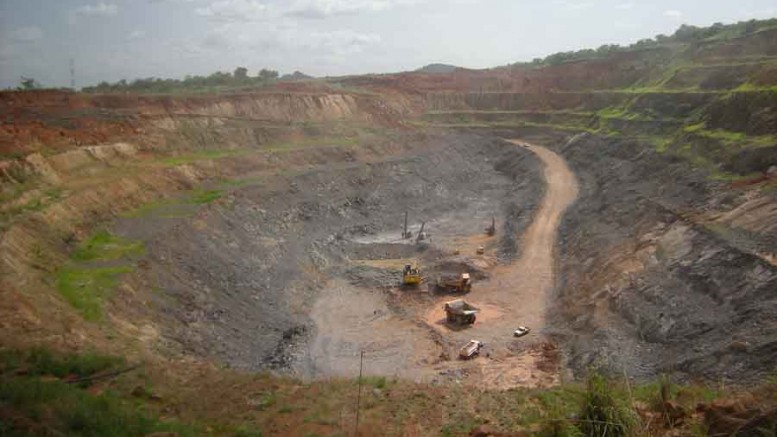
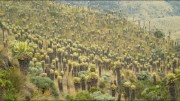
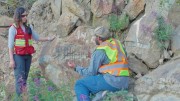
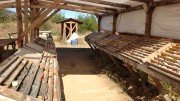
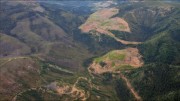
Be the first to comment on "Nordgold turns over a new Lefa"